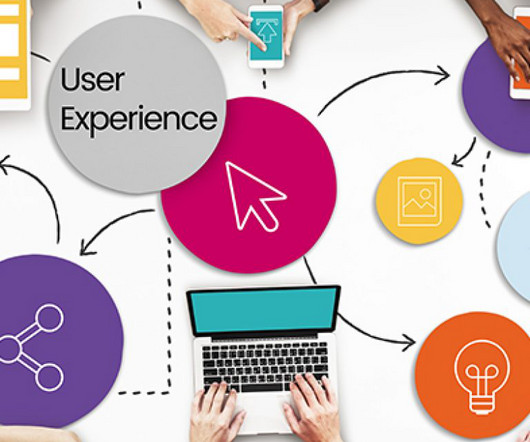10 characteristics of authentic learning
Learning with 'e's
NOVEMBER 29, 2012
The need to create learning opportunities that are grounded in reality, and form a concrete basis for real world transferable knowledge and skills has never been more important. We also need authentic assessment for learning. And what does this process of assessment teach students about the school system? & Oliver, R.
















Let's personalize your content